Ashwagandha Root: How to Grow, Harvest & Use for Homegrown Stress Relief
Grow calm from the ground up—plant, harvest, and use Ashwagandha for your own adaptogen-powered stress relief.

Sleep & Mood Connection Kit
How to plant, grow, and use Ashwagandha and other adaptogens at home. Easy tips, recipes, and printable “grow” calendar included.
Get the free guide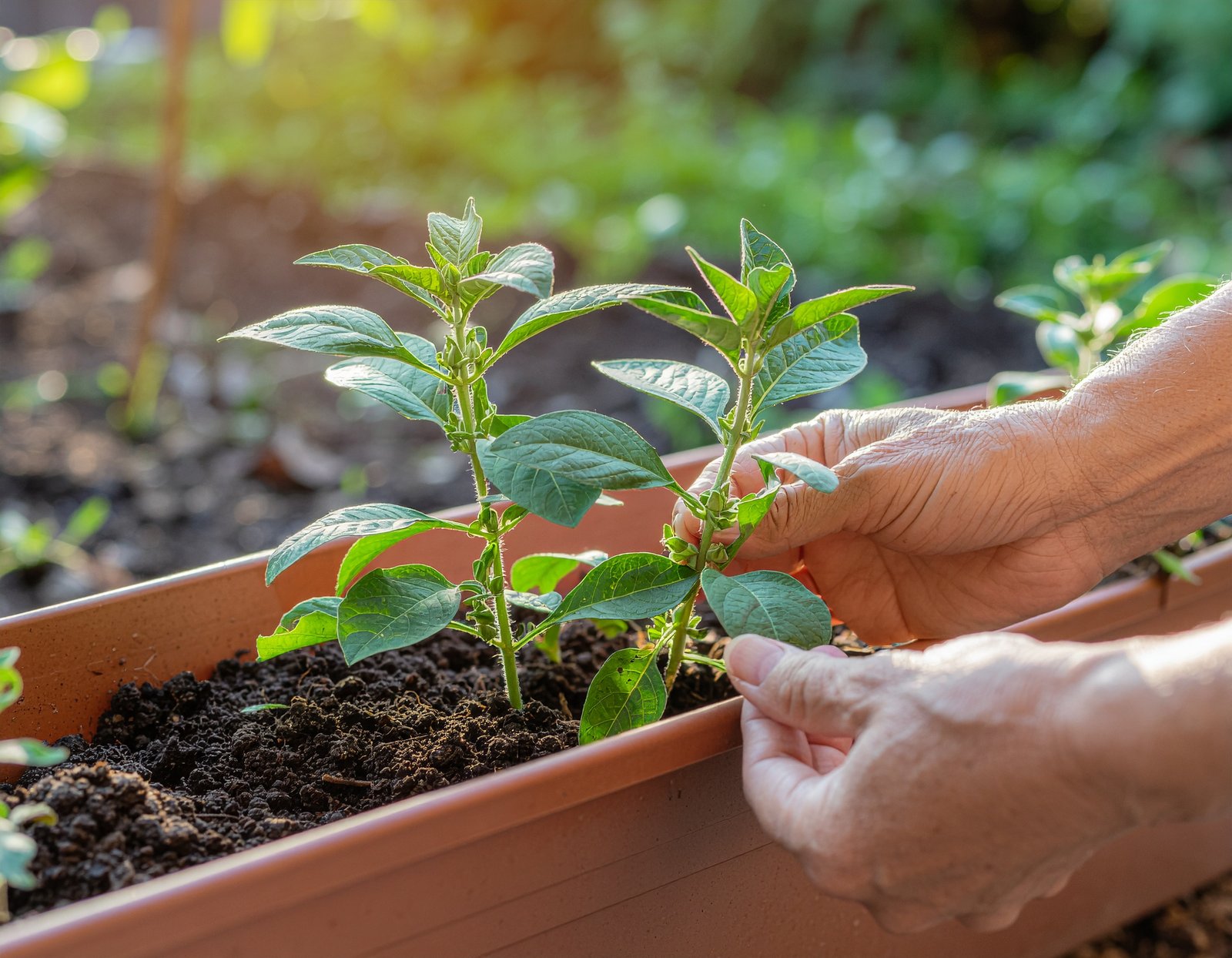
Ashwagandha (Withania somnifera) is an ancient adaptogen cherished for its ability to ease stress, boost resilience, and restore calm energy. While it’s famous in Ayurveda, ashwagandha can be grown in home gardens—even in temperate climates with a little planning! In this guide, discover how to plant, care for, harvest, and use your own ashwagandha roots for daily stress relief and herbal vitality.
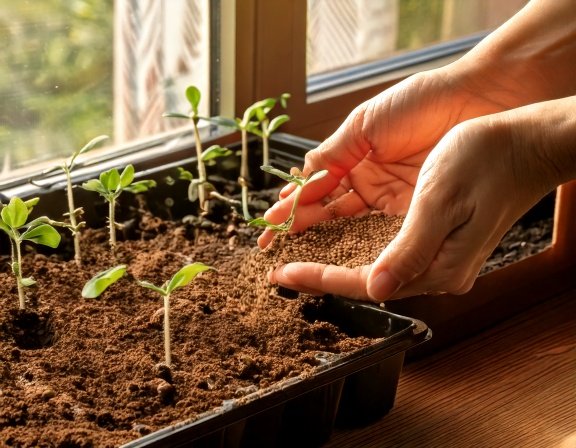
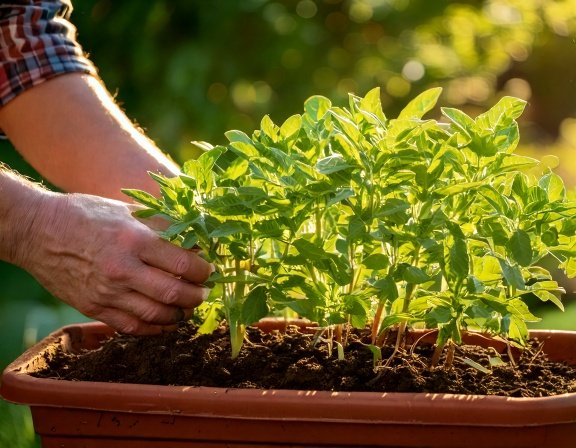
How to Grow Ashwagandha: Step-by-Step
Growing ashwagandha (Withania somnifera) at home is a rewarding way to cultivate one of the most revered adaptogenic herbs in Ayurvedic tradition. Also known as “Indian ginseng” or “winter cherry,” this hardy plant thrives in warm, dry conditions and produces powerful roots that calm the mind, strengthen the body, and support resilience against stress. With just a bit of care and the right growing conditions, you can harvest your own potent ashwagandha roots for teas, tinctures, or herbal tonics by the end of the season.
Step 1: Choose the Right Location
Select a sunny area with well-draining, sandy or loamy soil. Ashwagandha prefers warm temperatures (75–90°F) and low humidity—conditions similar to its native climate in India. It grows well in raised beds, garden rows, or large containers with proper drainage.
Step 2: Prepare the Soil
Loosen the top 8–10 inches of soil and mix in a small amount of compost or aged manure for gentle nourishment. Avoid heavy fertilization—ashwagandha thrives in slightly poor soil, which encourages stronger medicinal root development.
Step 3: Planting Seeds
Sow ashwagandha seeds directly into the garden after the last frost or start them indoors 4–6 weeks early. Plant seeds about ¼ inch deep and space them 18–24 inches apart. Keep the soil lightly moist until germination, which usually occurs within 2–3 weeks.
Step 4: Watering & Growth
Once established, ashwagandha is drought-tolerant and prefers dry soil. Water only when the top few inches of soil feel dry. Overwatering can lead to root rot and reduce the plant’s potency. Ashwagandha typically grows 2–3 feet tall with greenish-yellow flowers and small red berries by late summer.
Step 5: Maintenance
Weed regularly and prune any yellow or damaged leaves to keep airflow around the base of the plant. Ashwagandha is resistant to most pests but can attract aphids—rinse with a gentle spray of water if needed. Avoid using chemical pesticides to preserve the purity of the roots.
Step 6: Harvesting
Harvest the roots in late fall when the leaves begin to yellow and the berries ripen. Use a garden fork to gently loosen the soil and pull up the entire plant. Wash the roots, slice them into small pieces, and dry in a shaded, well-ventilated area for 7–10 days. Once fully dry, store them in airtight glass jars.
Step 7: Saving Seeds
Collect the red berries once they’re fully mature, dry them, and store the seeds for next year’s planting. Ashwagandha reseeds easily and can become a long-term part of your home apothecary garden.
Quick Tip: Ashwagandha thrives when slightly stressed—less water and leaner soil often result in stronger, more medicinal roots. Think of it as an herb that gains strength the same way it helps you build resilience.
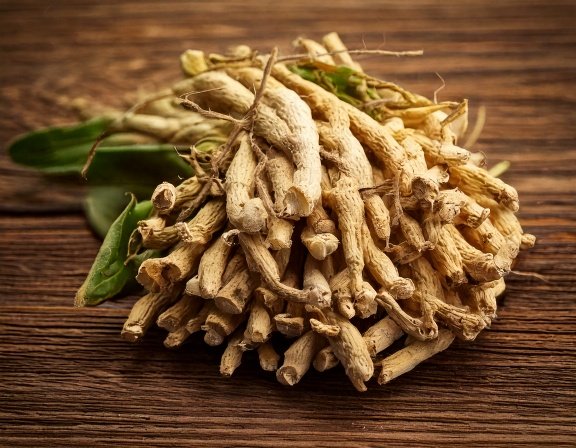
Sugar Defender: Guarana, Gymnema & Botanicals
- Formulated with **Maca Root, Gymnema, Berberine, African Mango**, Eleuthero, Guarana & more
- No synthetic fillers—pure plant extracts targeting metabolic resilience
- Designed to work in harmony with your body’s natural systems
When and How to Harvest Ashwagandha Roots
Harvesting ashwagandha roots at the right time is essential for capturing their full adaptogenic power and therapeutic potency. The roots are the most valuable part of the plant—rich in compounds like withanolides, alkaloids, and saponins that promote calm, strength, and resilience. With proper timing and gentle handling, your homegrown ashwagandha can yield roots perfect for teas, tinctures, and tonics that support stress relief, hormonal balance, and immune vitality.
When to Harvest:
Ashwagandha roots are typically ready for harvest 150–180 days after planting, once the plant has completed its life cycle. The best time to harvest is in late fall when the leaves start to yellow and the berries have turned red. This indicates that the plant’s energy has returned to the roots—concentrating its active compounds for maximum potency. Choose a dry day for harvesting to prevent mold and ensure easier drying later on.
How to Harvest:
Use a garden fork or trowel to gently loosen the soil around the base of the plant. Carefully lift the entire plant by the base, avoiding damage to the roots. Shake off excess soil, then rinse the roots thoroughly under cool running water to remove dirt. Trim away any fine root hairs or damaged sections. You can harvest both the primary root (the thick central root) and the smaller side roots—they’re both medicinally valuable.
Preparing for Drying:
Cut the cleaned roots into 2–3 inch pieces to speed up drying and prevent mold. Spread them out in a single layer on a mesh screen or drying rack in a shaded, well-ventilated area. Avoid direct sunlight, which can reduce potency. The roots are fully dry when they become hard and snap easily. This usually takes 7–10 days depending on humidity.
Storing Your Roots:
Once dry, store the roots in airtight glass jars or brown paper bags in a cool, dark place. Properly dried ashwagandha roots can retain their potency for up to a year. Label the containers with the harvest date for easy tracking. For teas or tinctures, lightly crush or grind the roots just before use to preserve their active compounds.
Quick Tip: Harvest only mature plants for the best potency—young roots tend to be less aromatic and lower in withanolides. Consider leaving one or two plants unharvested so they can drop seeds and reseed naturally for next season’s growth.
Quietum Plus: Mucuna, Maca, Ashwagandha & More
- Includes **Mucuna Pruriens, Maca root, Epimedium, Tribulus, Dong Quai, Ashwagandha, Ginger**
- Formulated to support neural repair, circulation, and inflammation reduction
- Natural absorption enhancer **piperine** supports better uptake of the herbal actives :contentReference
Grow Your Own Ashwagandha Kit
Ready to grow your own? Try this Organic Home Garden Kit by Spade of Fork—ideal for new gardeners and herbalists.
Shop at AmazonDisclosure: We may earn from qualifying purchases. We only recommend what we would use for our families.
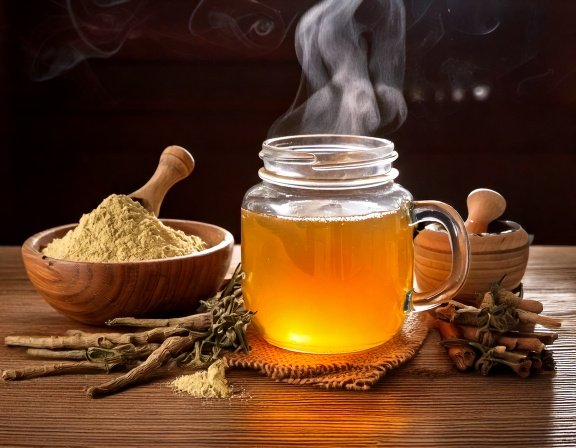
Simple Ways to Use Homegrown Ashwagandha
Once you’ve harvested your ashwagandha roots, there are many simple, natural ways to bring this powerful adaptogenic herb into your daily life. Known for its ability to calm the mind, support hormonal balance, and strengthen the nervous system, ashwagandha is one of the easiest herbs to integrate into teas, tonics, and home remedies. Using your own homegrown roots ensures purity and potency—allowing you to enjoy the full spectrum of its grounding, restorative benefits.
1. Calming Ashwagandha Tea
Simmer 1 teaspoon of dried, chopped ashwagandha root in 1½ cups of water for 15 minutes. Strain and sip warm before bed to relax the body and promote deep, restorative sleep. You can blend it with cinnamon, ginger, or cardamom for added warmth and flavor.
2. Adaptogenic Golden Milk
Whisk ½ teaspoon of ashwagandha powder into 1 cup of warm milk (dairy or plant-based) with a pinch of turmeric and black pepper. Sweeten lightly with honey. This ancient Ayurvedic tonic supports hormone balance, reduces anxiety, and promotes emotional stability—perfect for winding down in the evening.
3. Daily Energy Smoothie
Blend ½ teaspoon of ashwagandha powder with banana, almond butter, maca powder, and oat milk. This energizing smoothie boosts endurance, improves focus, and supports adrenal balance—ideal for morning or midday use.
4. Herbal Tincture
Fill a glass jar halfway with chopped ashwagandha roots and cover them with high-proof alcohol or glycerin. Let sit for 4–6 weeks in a cool, dark place, shaking occasionally. Strain and store in a dark dropper bottle. Take ½ teaspoon (about 30 drops) in water or tea once or twice daily for long-term stress support and hormone balance.
5. Homemade Ashwagandha Powder
Grind fully dried roots in a spice grinder until fine. Store the powder in an airtight jar. Add ¼–½ teaspoon daily to warm drinks, soups, or energy balls for consistent adaptogenic support. The powder form works gently over time to improve sleep, stamina, and overall resilience.
These simple uses make it easy to incorporate ashwagandha into your lifestyle year-round. Whether taken as a soothing bedtime tea or a morning energy booster, it helps bring calm strength and balance to body and mind.
Quick Tip: For best results, use ashwagandha consistently for 4–6 weeks, then take a short break before resuming. Pair it with warming herbs like ginger or turmeric for enhanced circulation and deeper relaxation.
Renew: Nightly Support for Restful Sleep
Calm your mind and promote deep, natural rest—wake up feeling restored with Renew.
Try Renew TonightDisclaimer
This herbal recipe is shared for educational purposes only, based on traditional use and available sources. It is not medical advice. Please consult your healthcare provider before use, especially if pregnant, nursing, or on medication.
Did You Know?
Ashwagandha’s name means “smell of the horse” in Sanskrit, referring both to its aroma and the strength it imparts!
Ready to Grow Calm at Home?
Subscribe for our “Adaptogen at Home” PDF, plant-based calm routines, and more.
Subscribe to Health Intel Daily